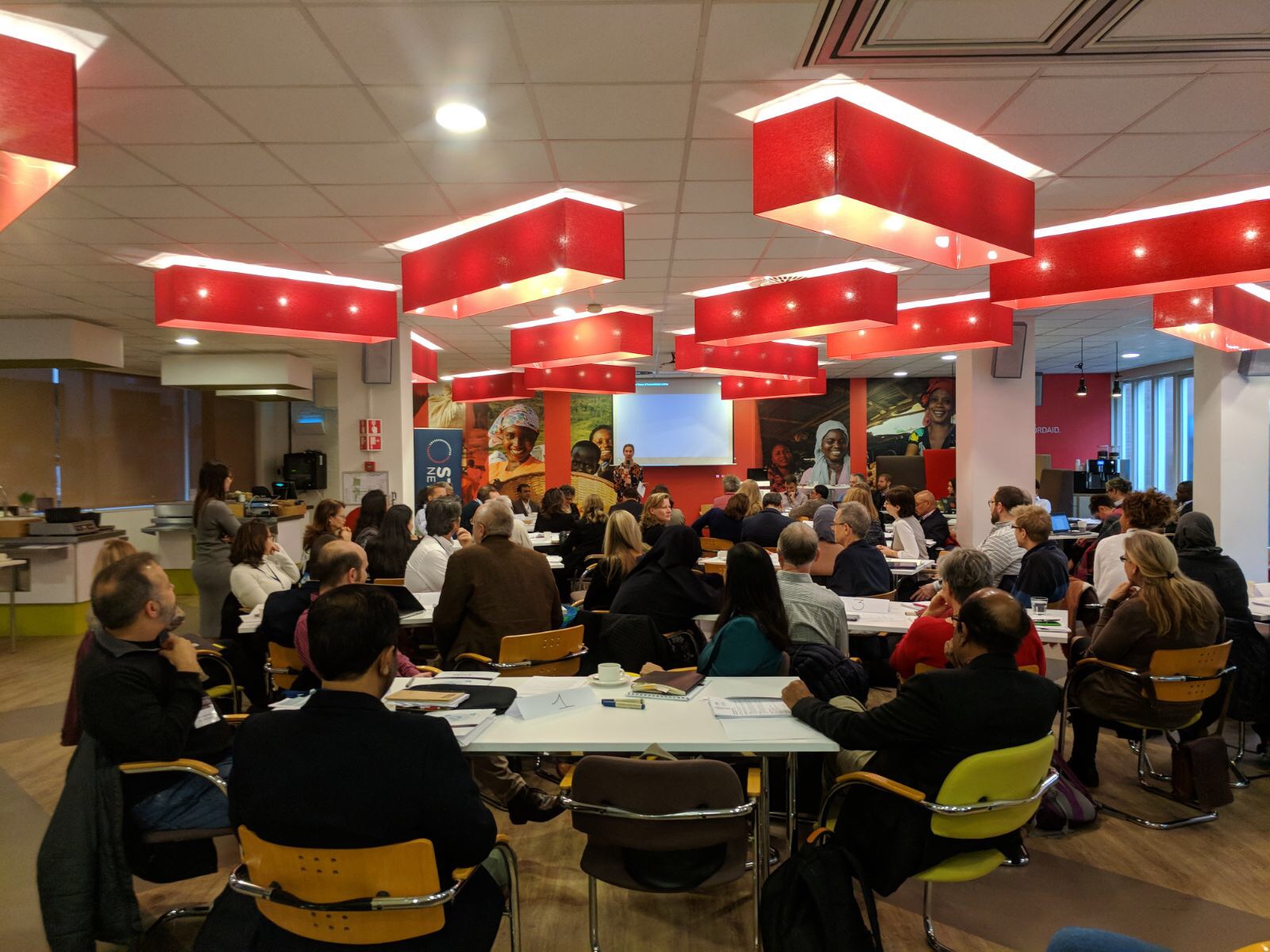Since the World Humanitarian Summit last year, the humanitarian sector is in a moment of introspection. The pressures on the international system are clear - from the way in which information has proliferated, the demandsof climate change, the politicisation of aid. The humanitarian community has largely answered that call,namely through the Grand Bargain. But there is little consensus on what an international humanitarian sector that is fit for purpose looks like in practice.
In May 2017, the Start Network set out on a journey to co-design a framework for the Network to evolve and scale to meet the challenges of the future. Hundreds of stakeholders collectively engaged and participated in this design process, which culminated in a proposal for the future network structure. A short video here provides a summary of that proposal.
This video is also available in French and Spanish.
In November this year - six months after the launch - over 80 humanitarian directors and colleagues from Start Network projects around the world came together for the Network’s highest governance meeting in the Hague, hosted by network member Cordaid. This Assembly meeting was tasked to review the network design proposal and either endorse or reject the future direction it outlines.
It was encouraging to see how much we have grown as a network, and the lessons we have learned during this process - lessons around working together, finding common denominators, agreeing and disagreeing, but most importantly, moving forward in a bold direction without having all the answers. We had a tendency to go down rabbit holes of potential scenarios that may never come to be - and invent rules to prevent them from happening. But this wasn’t always useful - as it closed doors before we had enough experience to know what to do with those doors. What we learned as a membership was the importance of asking each other the tough questions - and trusting the collective to be able to find answers as we move forward on this journey together. We don’t have a blueprint for the future, but a guiding vision to drive us forward - and this uncertainty is not always comfortable. But we will make these choices together, using evidence and regular gatherings to review progress and set new goals.
It was an historic moment for the Network, when on Day 2, the membership took a leap together to endorse the proposal for the future. The final design is available here.
Discussions were enriched by a panel of external speakers, whose perspectives provided context around the trends and challenges in the wider humanitarian aid environment, and insight on how NGOs may be able to tackle them. From Overseas DevelopmentInstitute’s Christina Bennett, who outlined the “pathologies” of the system identified in ODI’s “Time to Let Go” report; to LSE professor Thea Hilhorst and Eilidh Kennedy from ACF/IARAN outlining the ways in which NGOs need to change; to Paul Currion, COO of Disberse, talking about networked humanitarianism in a digital age. TechSoup - a international due diligence provider - also presented on a potential due diligence solution for the Start Network to consider as it tries to bring on more local organisations.
One highlight was a talk by Jonathan Robinson - the founder of Impact Hub. Jonathan’s experience of setting up Impact Hubs around the world has taught him there are a number of key principles of network emergence:
- Combining control with emergence: There are certain core principles that are unchanging; while others can change or emerge over time
- The art of small interventions can liberate massive potential: How we can do the bare minimum for maximum reward
- Establishing protocols and interoperability through which unlikely allies could come together.
- Getting the diversity right from the beginning, even in a small scale.
- Pace growth properly, without replicating experiments too fast.
- Success is about knowing what to let go: Identifying the most important elements and allow space for better things to flourish in the network.
These are lessons that will be valuable for us to consider as we move forward. This new leap in the direction will be one that we will look back on as a critical part of our steps to transform the humanitarian sector. But it is only the first step.

